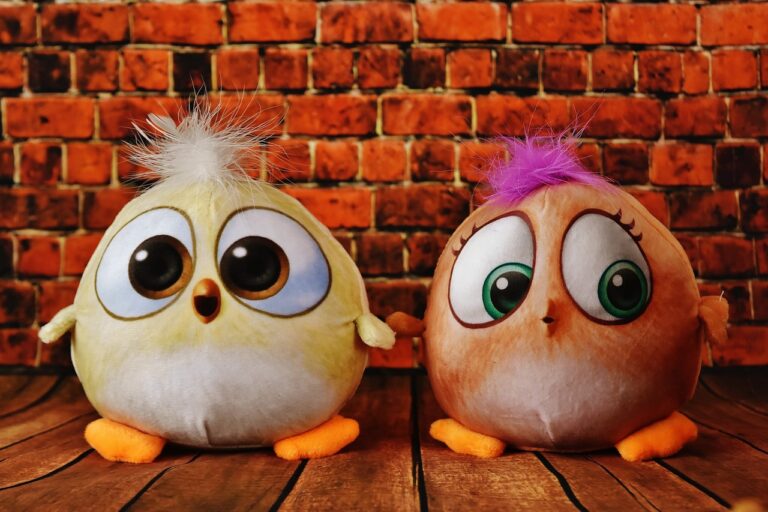The Role of Costume Design in Defining Character Archetypes: Allpaanel exchange, Lotus365, Laserbook247 id
allpaanel exchange, lotus365, laserbook247 id: Costume design plays a crucial role in defining character archetypes in film, television, and theater. The way a character is dressed can convey important information about their personality, background, and role in the story. From the color and style of clothing to the accessories they wear, every costume choice is a deliberate decision made by the costume designer to help bring the character to life.
When done effectively, costume design can instantly communicate to the audience who a character is and what their motivations are. This not only helps to create a visually engaging story but also aids in developing a deeper connection between the audience and the characters on screen.
Role of Costume Design
The role of costume design in defining character archetypes cannot be overstated. Here’s how it helps bring characters to life:
1. Establishing Identity: The way a character is dressed can provide valuable clues about their identity, such as their social status, occupation, and personal style.
2. Setting the Tone: Costume design can set the tone for a scene or even an entire film. Dark and ominous costumes may indicate a villain, while bright and colorful costumes may suggest a hero.
3. Enhancing Character Development: Costume design can help to enhance the development of a character throughout the course of a story. Changes in their wardrobe can signify growth or transformation.
4. Creating Memorable Characters: Iconic characters often have distinctive costumes that make them instantly recognizable. Think of Dorothy’s blue gingham dress in “The Wizard of Oz” or the yellow jumpsuit worn by Bruce Lee in “Enter the Dragon.”
5. Supporting Narrative Themes: Costume design can reinforce the themes and motifs of a story. For example, a character dressed in all black may represent darkness or evil.
6. Reflecting Historical or Cultural Context: Costumes can also reflect the historical or cultural context of a story. Period pieces rely heavily on accurate costume design to transport the audience to a different time and place.
FAQs
Q: How does costume design differ between film, television, and theater?
A: While the basic principles of costume design remain the same across mediums, there are differences in terms of scale, budget, and technical requirements. Film and television often require multiple copies of each costume for continuity purposes, whereas theater costumes need to be durable for live performances.
Q: What role does color play in costume design?
A: Color can convey a wealth of information about a character, such as their mood, personality, and social status. Bright colors may signal optimism, while dark colors may suggest mystery or danger.
Q: How can I learn more about costume design?
A: There are many resources available for aspiring costume designers, including books, online courses, and workshops. You can also study the work of successful costume designers and analyze how they use costumes to define characters.
In conclusion, costume design is a powerful tool for defining character archetypes in the world of entertainment. By paying attention to the details of costume design, audiences can gain a deeper understanding of the characters they see on screen and stage. The next time you watch a movie or attend a play, take a moment to appreciate the artistry behind the costumes and how they contribute to the storytelling.







